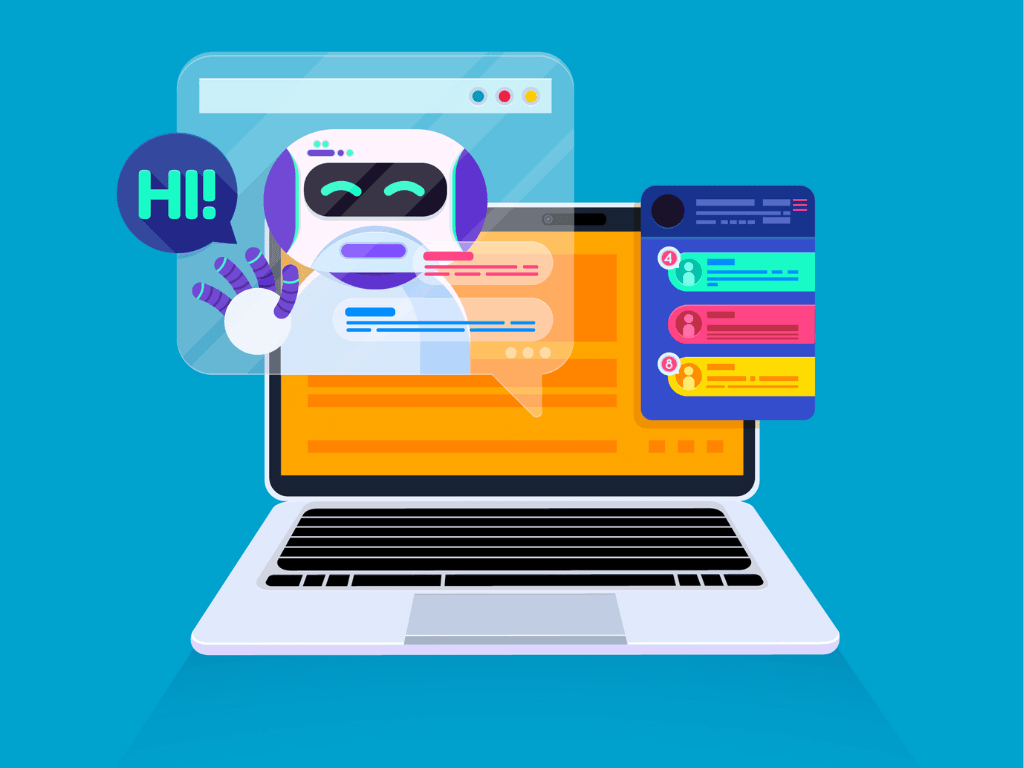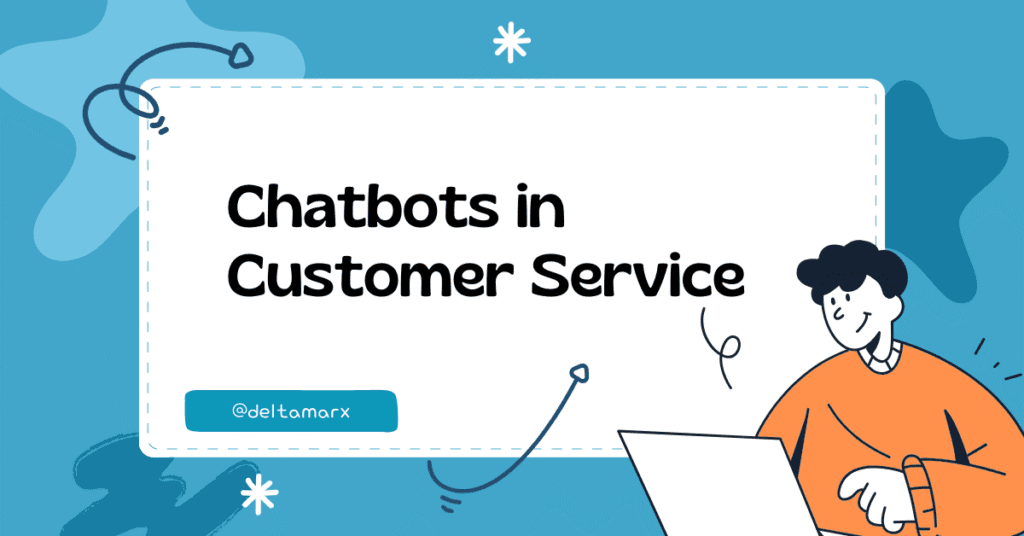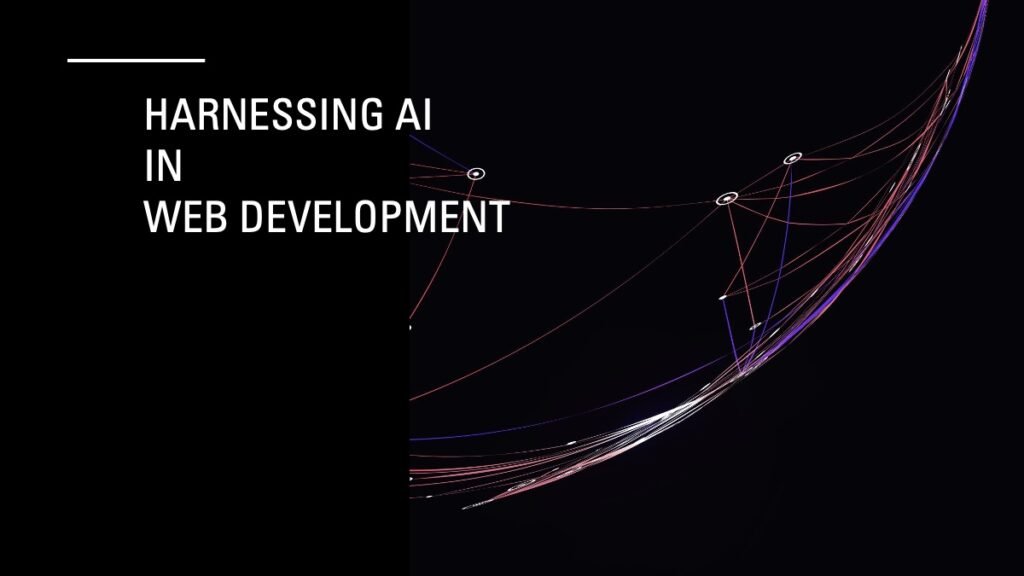Chatbots in Customer Service: Transforming Customer Experience with AI-Powered Solutions
How Chatbots Can Revolutionize Customer Service
In the ever-evolving digital landscape, businesses are striving to meet the ever-growing demands of customers who expect not just quick, but insightful, personalized, and proactive responses. Chatbots are no longer just a novelty or an add-on to customer service; they are becoming a central pillar in how businesses engage with their customers. This shift is not about simply replacing human agents with bots but about enhancing the entire customer experience ecosystem.

This blog explores the transformative power of chatbots in customer service, focusing on cutting-edge applications, strategic integration with emerging technologies, and a glimpse into the future of customer interactions.
Going Beyond Basics: Advanced Use Cases for Chatbots
1. Proactive Customer Engagement:-
One of the most transformative roles chatbots can play is in proactive customer engagement. Unlike traditional customer service models, where the business waits for the customer to initiate contact, chatbots can proactively reach out to customers with timely information and suggestions.
For example, a chatbot integrated with a retail platform can monitor customer browsing behavior in real time and offer tailored product recommendations, discounts, or assistance before the customer even realizes they need it. This proactive approach can significantly enhance the customer experience, driving higher conversion rates and building stronger customer loyalty.
2. Advanced Sentiment Analysis:-
Modern chatbots are not limited to responding to direct queries. With the integration of advanced sentiment analysis, they can gauge the emotional state of the customer based on the language used and tone of the conversation. This capability allows chatbots to adapt their responses dynamically, offering empathy or escalation to a human agent when needed.
For instance, if a customer expresses frustration or dissatisfaction, the chatbot can detect this through sentiment analysis and immediately offer a solution or fast-track the issue to a human supervisor. This not only helps in defusing potentially negative situations but also ensures that customers feel heard and valued.
3. Dynamic Problem Solving Through AI Integration
As artificial intelligence continues to evolve, so too do the capabilities of chatbots. Integrating AI with chatbots allows for dynamic problem solving that goes beyond pre-programmed responses. These AI-driven chatbots can learn from interactions, improve their understanding of context, and even offer predictive solutions based on previous customer behavior.
Consider a chatbot integrated with AI in a tech support environment. Instead of merely offering a scripted troubleshooting guide, the bot could analyze the specific issue in real time, considering the user's device, previous problems, and even external factors like software updates, to provide a highly accurate and personalized solution. This level of sophistication transforms customer support from a reactive to a truly proactive and predictive service.As businesses explore integrating chatbots into their customer service strategy, choosing the right development partner is critical to success. Working with experienced AI and software experts—such as those featured on TopDevelopers.co—can ensure you implement cutting-edge, scalable, and customer-focused chatbot solutions that truly transform your service experience.



